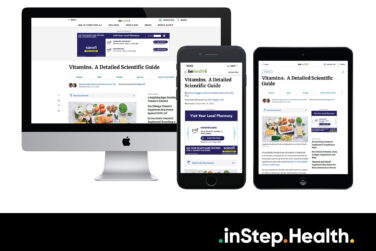Don’t let the rare in rare disease fool you. While the definition of a rare disease may be a condition that impacts fewer than 200,000 people in the U.S., the fact is about 30 million people in the U.S. have a rare disease—and 300 million worldwide. That is 300 million people who had to spend an average of five years just to arrive at a diagnosis. That is 300 million people who had to visit doctor after doctor after doctor while they suffered with little relief and probably dwindling hope. That is 300 million people who are left waiting for help to ease their suffering since only about 5% of rare diseases have an approved treatment. That is millions of families who have been put through the ringer considering about 70% of rare diseases start in childhood. That is an awful lot of people looking for—and deserving of—answers, treatments, and hope.
So, we are putting a spotlight on rare diseases with our first-ever Rare Disease Forum. We provide expert insights on topics including the special requirements to consider for rare disease clinical trials, the trends impacting payer coverage of rare disease treatments, how life sciences companies can use data to identify potential rare disease patients before they are even diagnosed, and the keys to working with rare disease patient communities and advocacy groups. No matter how small the potential patient pool may be, each rare disease is worthy of our industry’s attention. Because the bottom line is each one represents people in need of help, and helping people is why so many of us got into this industry.
Better serving individuals is also at the heart of our annual marketing plan article. Julie Granberry of Relevate Health explains how to make marketing more relevant through personalization and localization. As she explains it, “This proven, data-driven approach enables any brand to break through the clutter with strategy, content, and channels that flexibly adapt to the ever-increasing variability in the marketplace, where communications must be customized on every possible level. Region by region. Market by market. HCP by HCP. KOL by KOL. Patient by patient.”
Every person wants to be seen as an individual—wants to know they are being heard and understood. That is true if they are the only person to suffer from a disease or one of millions. Let’s make sure that treating people with this level of attention is not a rare occurrence.








